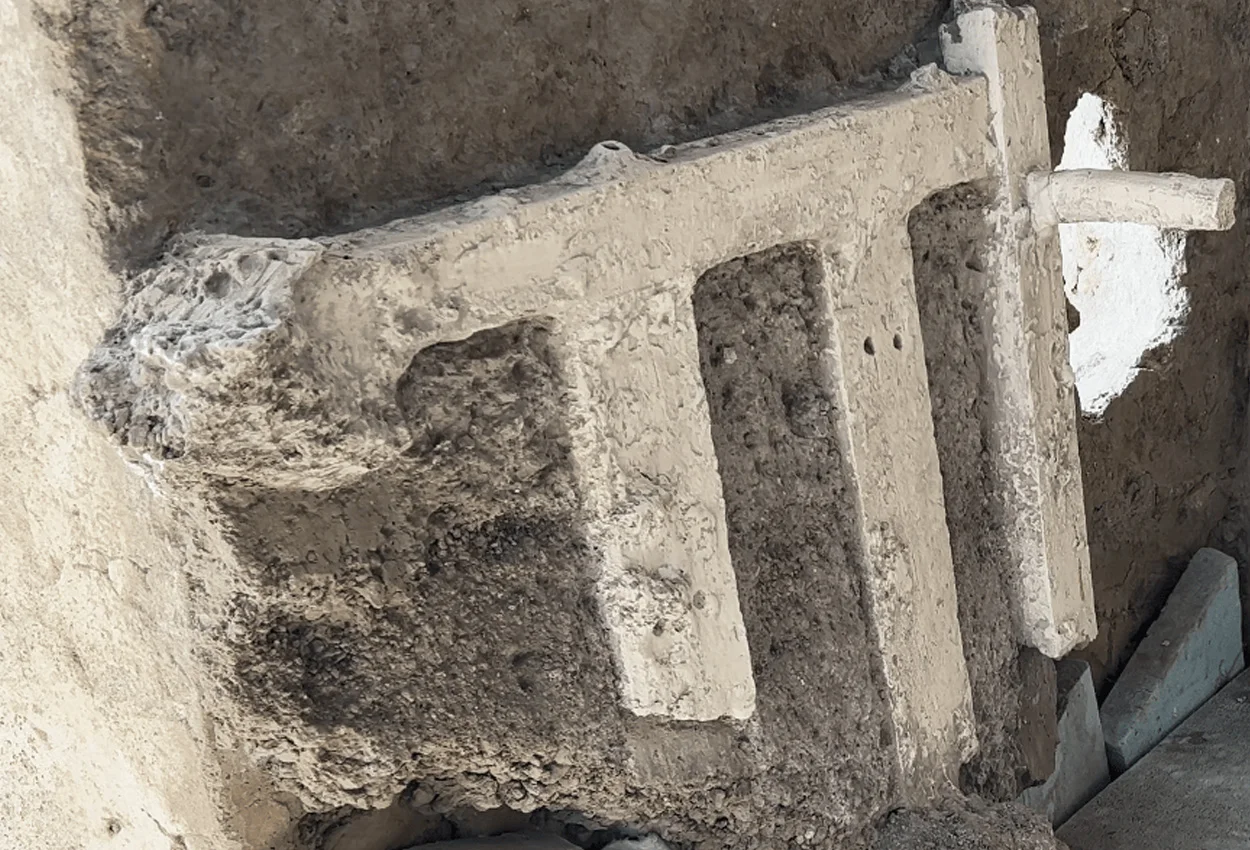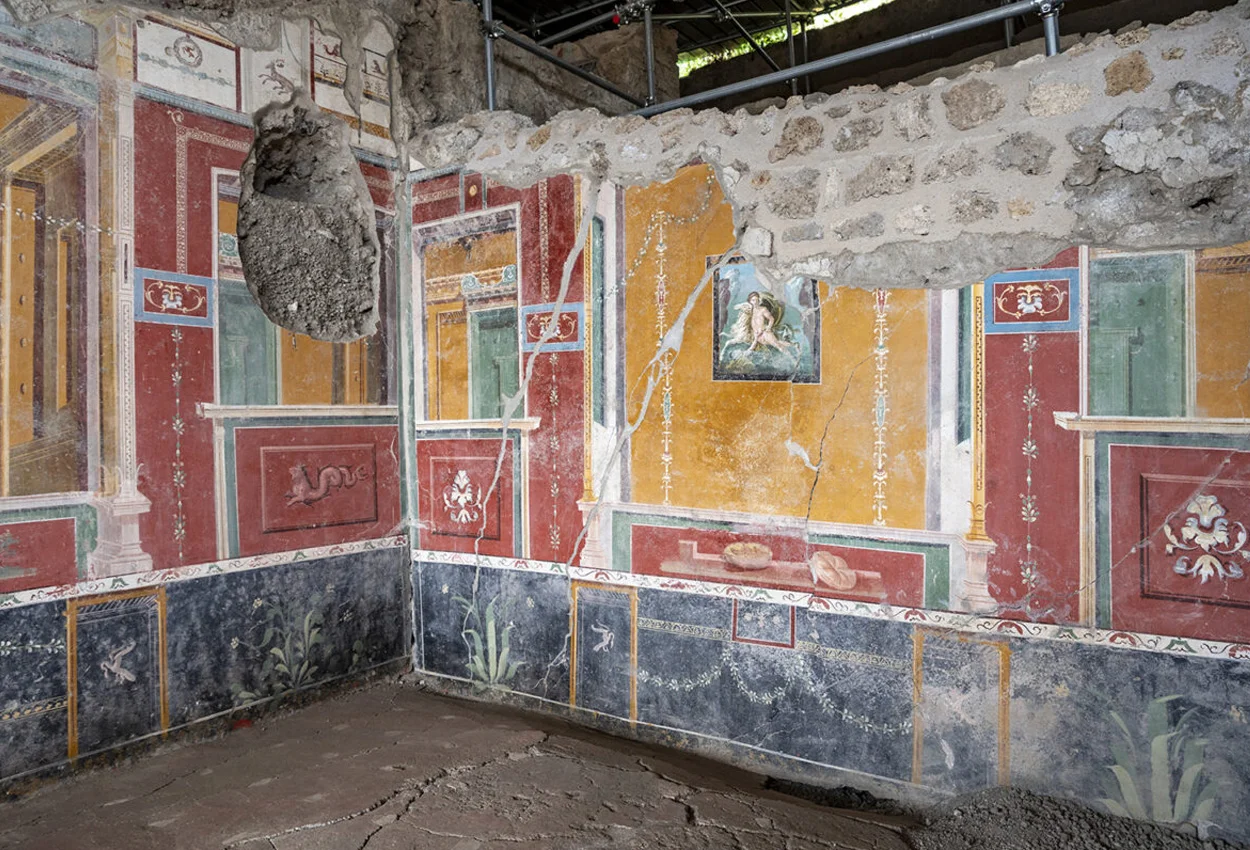A new study published in the E-Journal of the Pompeii Excavations sheds light on the final moments of a family living in Pompeii during the catastrophic eruption of Mount Vesuvius.
Pompeii was a Roman city located in what is now the modern municipality of Pompeii, near Naples in southern Italy. In AD 79, it was largely buried by massive pyroclastic surges and ashfall deposits, along with the nearby towns of Herculaneum, Oplontis, and Stabiae.
Archaeologists recently conducted a study of the Casa di Elle e Frisso (House of Elle and Phrixus), located on the Via del Vesuvio that extends from the Vesuvius Gate to the Via della Fortuna in the northern part of the city.
Named for a mythological fresco found in its triclinium (banquet hall) depicting the tragic tale of Phrixus and Helle, excavations of the site recently found well-preserved rooms, including an atrium with an impluvium (rainwater basin).
In one of the rooms, archaeologists discovered evidence of a family’s final moments attempting to survive the eruption: a bed wedged against the door, likely used to barricade themselves as volcanic debris poured into the house.

Plaster cast moulds of detected voids revealed the shape of the bed, along with the remains of at least four individuals, including a child. Among the remains is a bronze bulla, an amulet given to male children until they came of age as a Roman citizen.
Excavations also found household object such as amphorae used for storing garum, a fermented fish sauce, and a set of bronze kitchenware that includes a ladle and shell-shaped cup.
Commenting on the study, Park Director Gabriel Zuchtriegel explained that volcanic lapilli entered the house through an opening in the atrium roof, forcing the family to seek refuge in the room where they barricaded the entrance.
Soon after, several fast-moving pyroclastic flows of scorching gas and volcanic debris swept through the home, engulfing it in temperatures between 180 and 360 degrees Celsius.
Header Image Credit : Archaeological Park of Pompeii
Sources : Archaeological Park of Pompeii





